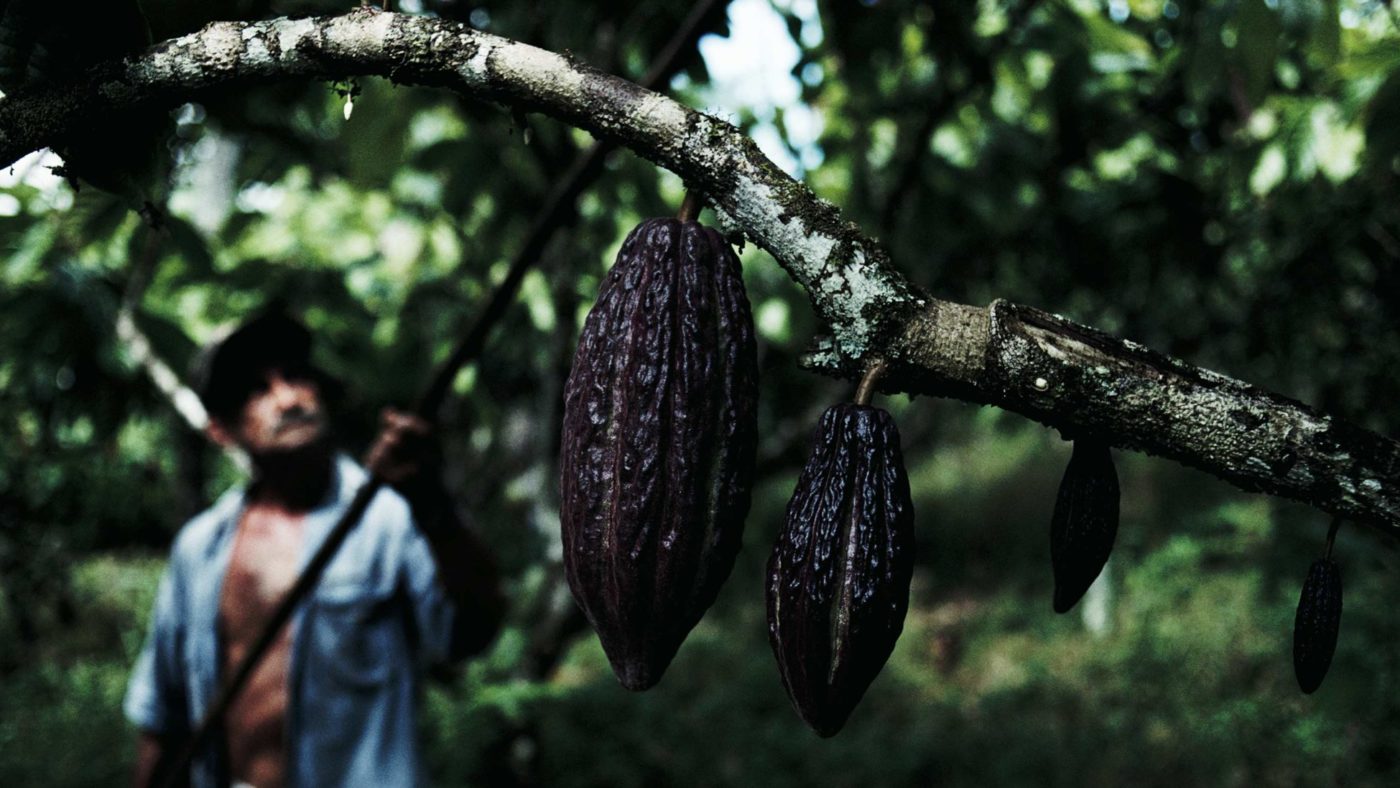According to a recent article, the latest thing to worry about is the water content of food. That’s not to say the water in the food itself, but how much was used in production.
It’s a superficially appealing complaint, but one that misses the point of having a globalised economy, which is to deal with a scarcity in one place by hauling a resource in from elsewhere. The measure of total use of a resource isn’t useful – it’s the price of bringing it in which is.
It’s this point that the author ignores. For example, we’re told that it takes 21 litres to make a small bar of chocolate. And? Cocoa is a rainforest product – the thing about rainforests is it tends to rain quite a lot over them. We could always try growing choccie in the desert, but it might not be that effective.
What makes this line of argument all the stranger is that water is, after all, a renewable resource. God – or Gaia – has ensured that we’ve a recycling system involving oceans, rivers, evaporation , clouds and all that. We never actually use up water, just borrow it for a bit. So why does it matter that almonds use this much, rice that much more or apples less? Rather than anything sensible, this is just another injunction that we must change our wasteful ways for no good reason.
There is, of course, good reason to be concerned about resource use. For example, growing wheat in a desert using aquifer-derived water, as Saudi Arabia does, is going to deplete that archaic reservoir. As Bjorn Lomborg has pointed out the solution is simple enough – import wheat. One estimate is that it takes 1,000 tonnes of water to grow a tonne of wheat – therefore every tonne imported is 1,000 tonnes of water that doesn’t need to be drained from a Saudi aquifer.
Indeed, international trade is the solution to reducing the water footprint of our food. In just the same way that the west of the UK tends to grow cows and the milk, the east the wheat and barley – that’s just where the water and other conditions are more suited. International trade is much the same, just on a grander scale. Other parts of the world have less scarcity, we add value by moving from the areas of plenty to those of dearth.
And, thankfully, we can work out whether this is worth our while simply by looking at the prices of various goods. None of this is especially novel – it’s been well-known since Ricardo published on trade back in 1817. For items that can be traded, prices should be – after accounting for transport costs – the same across geography. It is this different cost of production which gives rise to comparative advantage itself. Some places are just better at doing whatever because of natural endowments – among other reasons.
There are other ways of using resources more efficiently, of course. Perhaps industrial farming uses less water than organic? Possibly hydroponics are the answer? Our decision-making method, again, is to use that only calculating engine we’ve got, the price system, to tell us.
The good news for those concerned about use of resources and who want a system to monitor and allocate them is that such a system already exists. As long as food is able to move freely around the world, things will be grown where the inputs are cheap and plentiful and shipped to where they are scarce. Rather than wringing our hands about that, we should all be thankful to live in a time of such marvels.
CapX depends on the generosity of its readers. If you value what we do, please consider making a donation.


